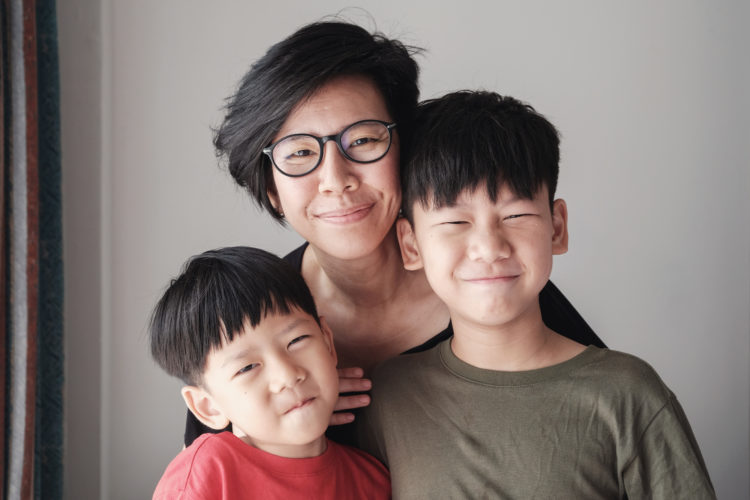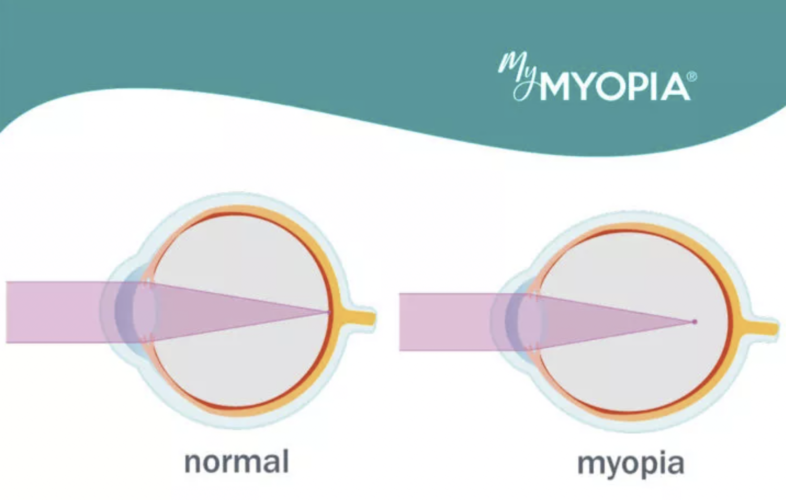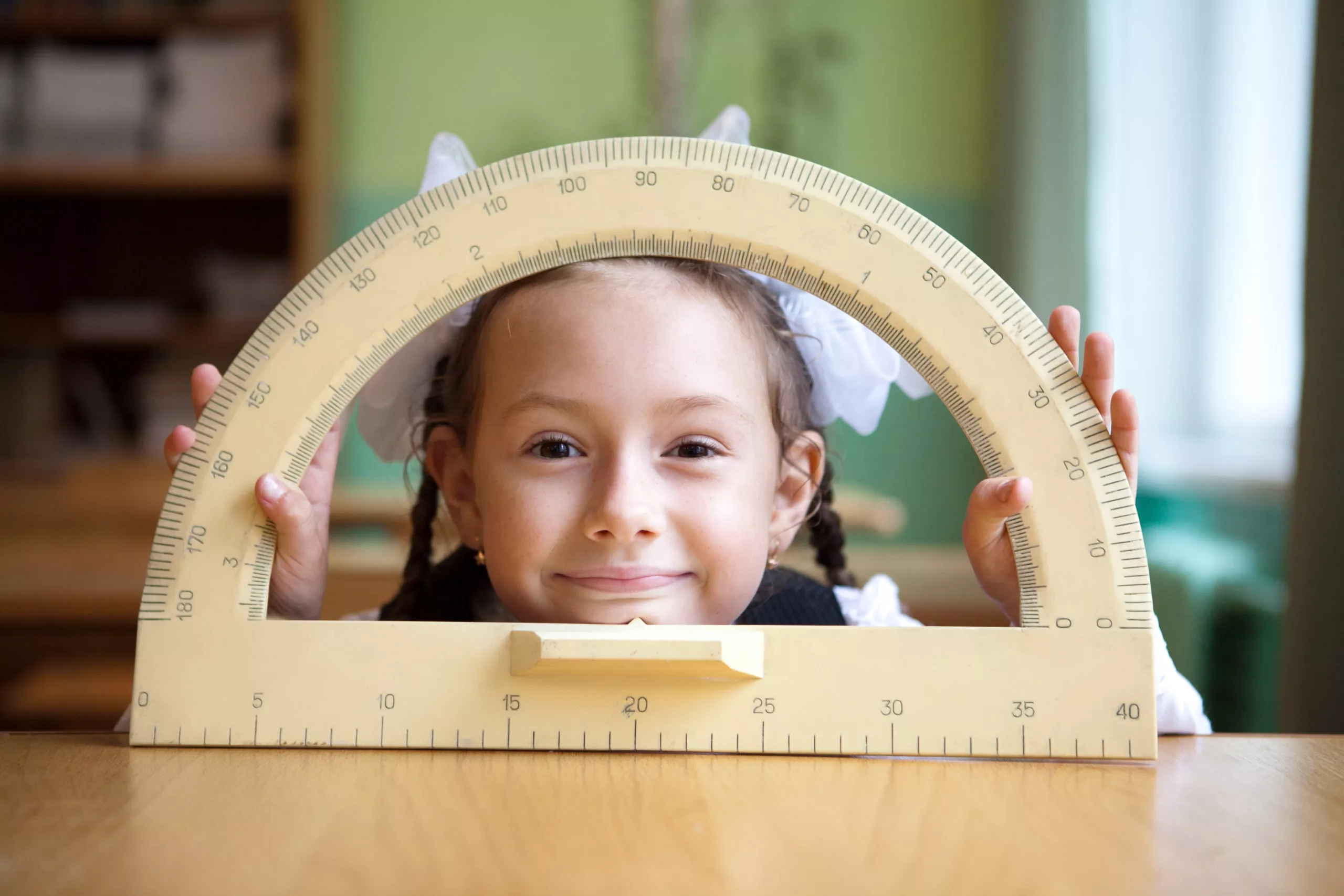Prepare for a productive conversation with your child’s eye doctor. Learn about what you can do to help your child.

You may have read recent reports of how myopia is increasing at an alarming rate in children, especially as classrooms went virtual during the pandemic. It could have been your child’s pediatrician who mentioned myopia or a school nurse. Your child might be complaining of headaches or that they can’t see the board in class. Or maybe you’re worried your child will inherit your nearsightedness. It could be all of the above as myopia is more prevalent than ever before, and new treatment options are available, which may provide new pathways to helping to protect kids’ vision.
The information in this article provides a foundational understanding of myopia (nearsightedness), how it happens, and why its treatment matters with the goal of preparing you for a productive conversation with your child’s eye doctor.
What is myopia?
Myopia, or nearsightedness, is an eye disease that causes poor long-distance vision.1 In myopic eyes, the eyeball is either longer than normal, or the cornea is too curved, both causing some images to be blurry.2

What are the signs and symptoms of myopia that I should be looking for?
Nearsightedness is often first detected during childhood and is commonly diagnosed between the early school years through the teens. A child with nearsightedness may:3
- Persistently squint
- Need to sit closer to the television, movie screen, or the front of the classroom
- Seem to be unaware of distant objects
- Blink excessively
- Rub their eyes frequently
Some kids may stop paying attention in class, and their academic performance degrades. Then, later, it is determined that they’re myopic and can’t see the board.
Why did my child get myopia?
Evidence shows that myopia, or at least the tendency to develop myopia, may be hereditary. If one or both parents are nearsighted, there is an increased chance their children will be nearsighted.4 There is a 25% chance that a child will develop myopia if one parent is myopic. That number jumps to 50% if both are myopic.5
Environmental factors also play a role in developing myopia. They include activities like time spent doing close work on a computer or tablet or reading while not spending enough time outside.6
Why can’t my child just wear glasses to correct their vision?
Myopia is a diagnosed health condition, and the diagnosis and treatment of myopia is more than just “needing glasses”.7 Conventional glasses and contact lenses can help children to see more clearly, but they do not slow down the progression of myopia.8 This means that as children grow, their myopia may progress, requiring stronger prescriptions, and their risk increases for becoming high myopic. [Read: Does my child need more than glasses to treat their nearsightedness?]
There is a strong association between higher degrees of myopia and the risk of more serious eye conditions as your child gets older, and even into adulthood. This includes diseases like macular degeneration, retinal detachment, glaucoma, and cataracts, all of which can potentially cause blindness.9 In fact, once a child’s myopia goes beyond -4.00D, the risk for these conditions goes up about ten times. So it’s important to take steps to try to prevent his or her eyes from getting worse over time.10 [Read: What are the long-term risks of myopia in children?]
Progressing to high myopia also reduces the possibility of being a candidate for refractive surgeries such as LASIK® as adults and increases the risk for complications from these treatments, causing unpredictable results. Because high myopia has risks of glaucoma and retinal detachment, many surgeons will not perform corrective surgery, such as LASIK®, on highly myopic patients as the possible benefits from the surgery may not justify the risks.11
Who is the right professional to help identify and address my child’s myopia?
An eye exam is completed by an ophthalmologist or optometrist with specialized equipment and procedures used for eye exams that are not included in vision screenings.12 Eye doctors can also provide information about myopia treatment options. [Read: My child had a vision screening. Do they still need an eye exam?]
The American Optometric Association (AOA) recommends a first eye examination beginning at age 6 to 12 months old, at least once between age 3 to 5, and then at least annually between ages 6 to 18.13
Myopia cannot be reversed or cured, but it can be treated. The goals of treatment are to improve your child’s vision and prevent it from getting worse. This is important for protecting their eye health in the future, even if they still need glasses or contact lenses.14
How can I help my child today?
You can start to help your child by keeping an eye out for the signs and symptoms we shared above. It’s also helpful to practice healthy screen time habits like the 20-20-20 rule. To help prevent digital eye strain, encourage your child to take a 20-second break to view something 20 feet away every 20 minutes while they’re using digital devices. Spending more time outside can make an impact when it comes to your child’s vision health. Increased time outdoors in children decreases the risk of new myopia onset by 50% and can slow myopia progression.15 One study cited by the American Academy of Ophthalmology looked at kids who spent just 40 extra minutes outdoors each day. These kids lowered their risk of getting myopia or developing more severe myopia (stronger prescription/eyeglasses).16 [Read: Here’s why more time outside is important for your child’s eyesight]
The most important step you can take for your child is to schedule an eye exam with an eye doctor who can diagnose and provide information and next steps on myopia management options. You can print seven questions to ask during your child’s eye exam here.
Tags: myopia, nearsightedness, screen time, eye health, myopia in children, myopia prevention, myopia management, vision screening
